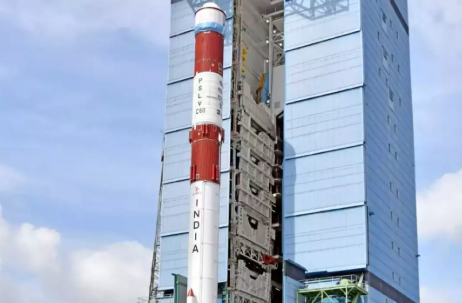The Indian Space Research Organisation (ISRO) is set to launch its groundbreaking Space Docking Experiment, known as SpaDeX, scheduled on 30th December 2024, marking a milestone in India’s space exploration efforts. The Minister of State for Space, Dr. Jitendra Singh, brought to light the importance of this mission, noting its aim to successfully dock two satellites in orbit. This achievement will position India among a select group of nations proficient in space docking technology.
Space docking refers to the process where two spacecraft connect while in orbit. This operation is crucial for various space missions, including crew transfers and resupply missions. Docking technology allows for the assembly of larger structures in space, such as space stations.
The SpaDeX Mission Overview
The SpaDeX mission will utilize India’s Indigenous technology, the Bhartiya Docking System. This system is designed to facilitate the precise alignment and connection of two satellites. The mission will be launched aboard a Polar Satellite Launch Vehicle (PSLV), which is known for its reliability and efficiency in deploying satellites.
Significance of the Mission
Successfully completing the SpaDeX mission will enhance India’s capabilities in space operations. It will also demonstrate India’s growing expertise in complex space technologies. The mission is expected to encourage international collaborations and open new avenues for commercial space activities.
If successful, SpaDeX could lead to more advanced missions, including those involving larger spacecraft and potential human spaceflight. Mastering docking technology will enable India to participate in global space missions and contribute to international space research efforts.
Key Technologies Involved
The Bhartiya Docking System employs advanced sensors and algorithms for precision navigation. These technologies are critical for ensuring the safe and accurate docking of satellites in the challenging environment of space. The mission will also test various automated systems that enhance docking reliability.
#ISRO
#SpaDeX
#SpaceExploration
#IndiaInSpace
#SatelliteMission
#SpaceTech
#SpaceScience
#ProudMoment
#Innovation
#ScientificBreakthrough
#DecemberLaunch
#SpaceResearch








